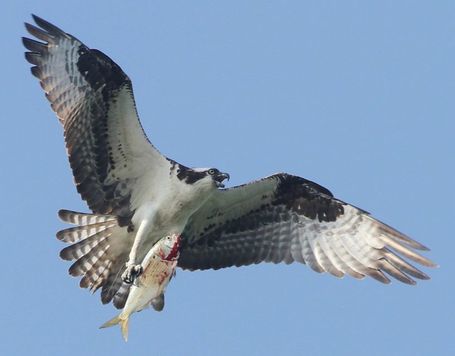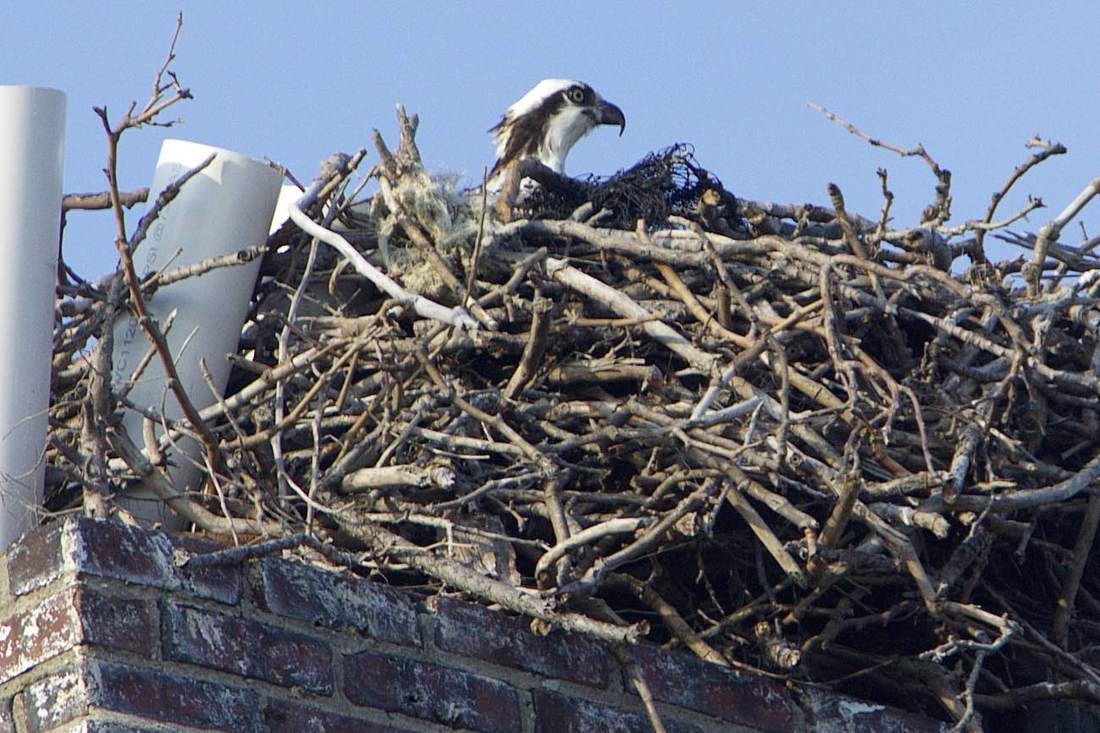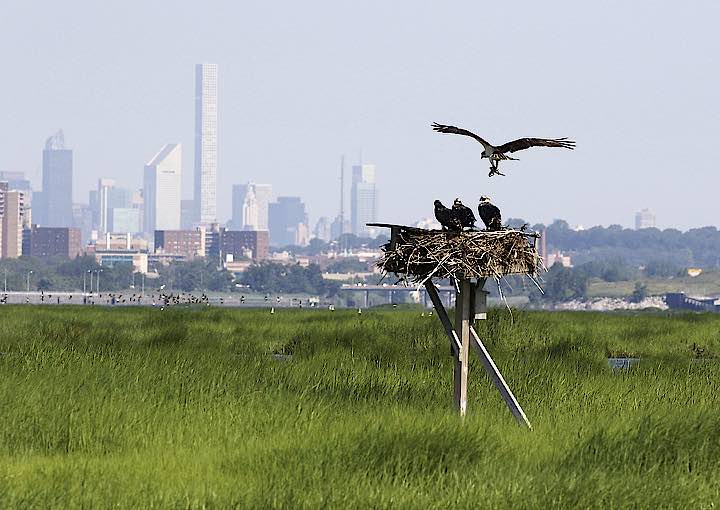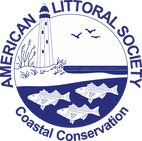|
First Osprey of 2017 at Gateway National Recreation Area's Sandy Hook Unit. An annual rite of spring on Sandy Hook is the return of Ospreys. Late last week reports came in of the first arrival taking up residence in a nest atop a chimney on the old officer’s club in the Fort Hancock section of Gateway National Recreation Unit. Only one bird was visible during a visit on Friday. The osprey, also known as the “fish hawk,” is one of New Jersey’s largest raptors. They are well known and highly visible along coastal marshes. Ospreys return here each year to mate and raise young, returning from wintering areas in northern South America and the Caribbean. Older more experienced birds arrive first, especially males.  Ospreys mate for life and are monogamous. They often claim the same nests each year. Pairs begin courtship and nest building in early April. Males perform courtship displays that consist of a high undulating flight, called the "sky dance," sometimes after a successful hunt where he holds a fish or nesting material and calls out with a high pitched whistle like sound. Prior to 1950, over 500 osprey nests were found along the New Jersey coastline. By 1974, only about 50 nests remained. Loss of nesting sites and widespread food contamination by pesticides (mostly DDT) caused the birds’ decline in New Jersey and throughout the eastern U.S. Consequently, the osprey was listed as “endangered” by New Jersey Division of Fish & Wildlife in 1973. Efforts to recover the osprey population began in 1974, when biologists built and installed nest structures in and along the coastal marshes, to replace trees that had been lost to development. Biologists also transferred eggs and chicks from a Maryland population to New Jersey nests that were not producing healthy eggs at the time. The Littoral Society began building Osprey nest platofrms in Monmouth County, NJ and Jamaica Bay, NY beginning in the 1980s. Plans are to build more platforms in the near future. Since 2007, nesting platforms have been installed at many places in New Jersey, including Sandy Hook. Also, Osprey have built more than one nest atop buildings in Fort Hancock. Ospreys are proven indicators of environmental health. Feeding largely on fish, their health reflects the health of a food source shared by humans. A study performed by the Endangered and Nongame Species Program in the late 1990s showed that toxic and persistent pesticides have declined in Ospreys in New Jersey. However, other threats to ospreys remain, including pollution and garbage. Fishing line and ballon ribbons have been known to entangle birds. Pieces of plastic net can be seen in the nest occupied by the Osprey who arrived at Sandy Hook last week. So while Osprey populations have returned to near historic levels, care must still be taken to ensure life can continue for these majestic coastal raptors. If you’re on Sandy Hook looking for Osprey, please stop by the American Littoral Society offices at 18 Hartshorne Drive (the first building in Officers Row, for those in the know). We’re more than happy to point you toward nearby nests, tell you the history of the park and its inhabitants, and acquaint you with the work we do to protect the coast and empower others to do the same. Osprey platform in Jamaica Bay, NY.
Comments are closed.
|
Archives
July 2024
Categories
All
|



